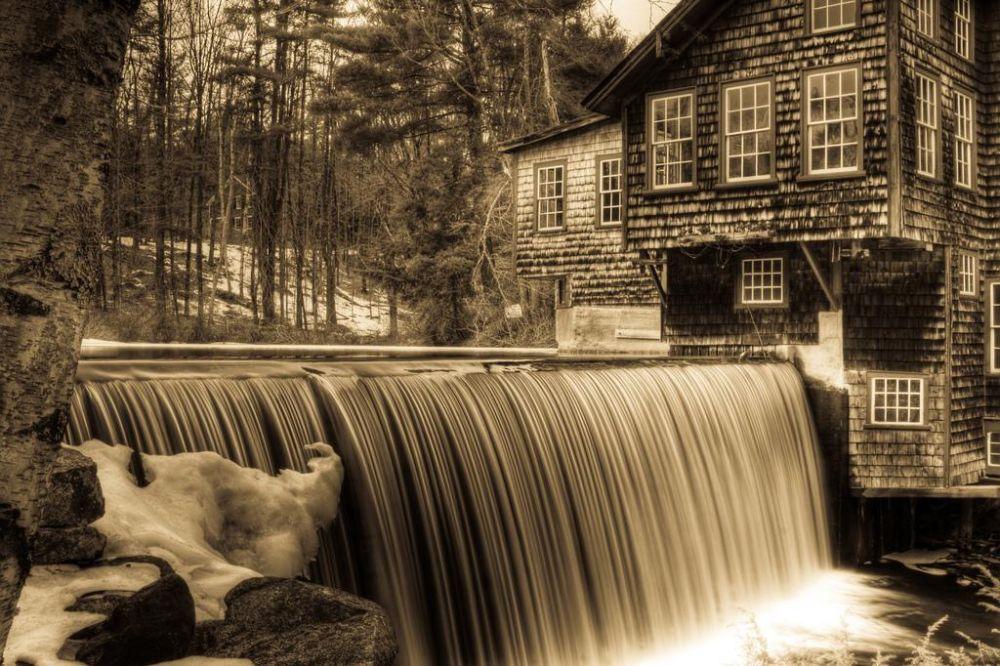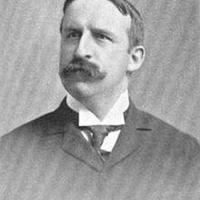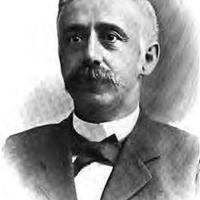NH Old Home Day and Forest Society share influential founders

Historic water-powered mill in rural Davisville NH. Credit Nate McBean via flicker Creative Commons. History of early forest industries is tied to water-power.
In August, NH towns celebrate "Old Home Days." Forest Society founders, Frank Rollins and Nahum Batchelder conceived "Old Home Week” in 1899. It was designed to lure wealth back to NH to revitalize depressed rural economies and bring abandoned farms back onto tax rolls.

Early NH manufacturing relied on rivers to produce an endless array of wood products from lumber to clothespins. A half mile stretch of the Lane river on “Corporation Hill” in Sutton, NH produced a litany of wood products:
Lumber, clapboards, shingles, bobbins, clothespins, excelsior, lathing, windows, doors, shutters, wagons and carriages and associated components.
Even modest falls of water were harnessed for wood manufacturing because poor roads made it impossible to haul timber long distances.
Early mills experienced fewer spring floods and summer droughts. Waterpower was more reliable year-round from wholly forested watersheds with thick layers of sponge-like litter and moss beneath centuries-old trees.

Even as valleys were cleared for farms and villages, old growth forests covered even the highest slopes – now bare ledges - on Mounts Monadnock, Sunapee and Kearsarge. New Hampshire history traces an ebb and flow of rivers, forests and wood manufacturing.
This summer, historical societies in the Contoocook, Warner and Lane River watersheds are collaborating in a series of “Along The River” exhibits and events. Attendees at Sutton Old Home Day’s “Voices from the Past” will learn about early mills simultaneously dependent upon both logs for raw material and upon uncut forests for power.
You can find more information on the Along the River project at this link. [The site alongtheriver.org is lo longer available.]
